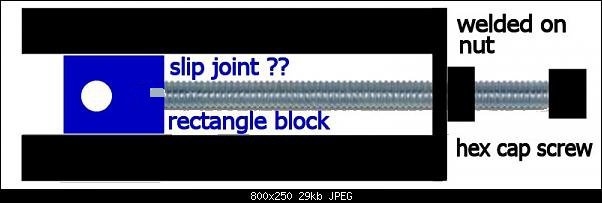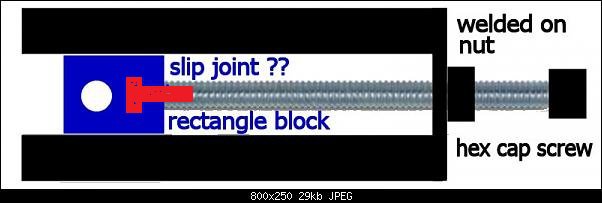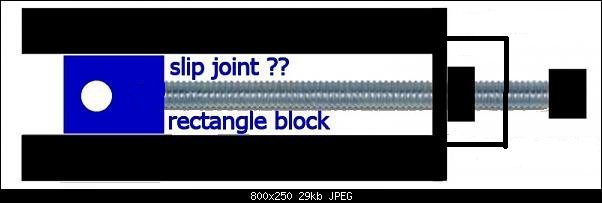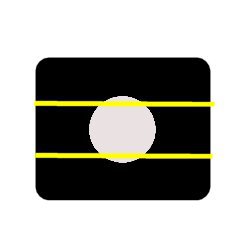- Joined
- Mar 12, 2014
- Messages
- 1,531
Sounds interesting. I don't understand the "blind head collar" part. Do you have any pics? Would your ideas work for a drill guide jig?
Thanks,
schemer
I don't have any pics. I just made a collar with a step machined onto it. The step is what captured the one side of the sliding block, which the block was a piece of tubing (so hollow). It was threaded with a blind hole to tighten the all-thread into it. The collar protruded through the block just barely far enough so that a nut could be tightened down on it tightly thus allowing just enough clearance for the bolt the spin when adjusting.
Sorry I can't explain it better or have a picture.





